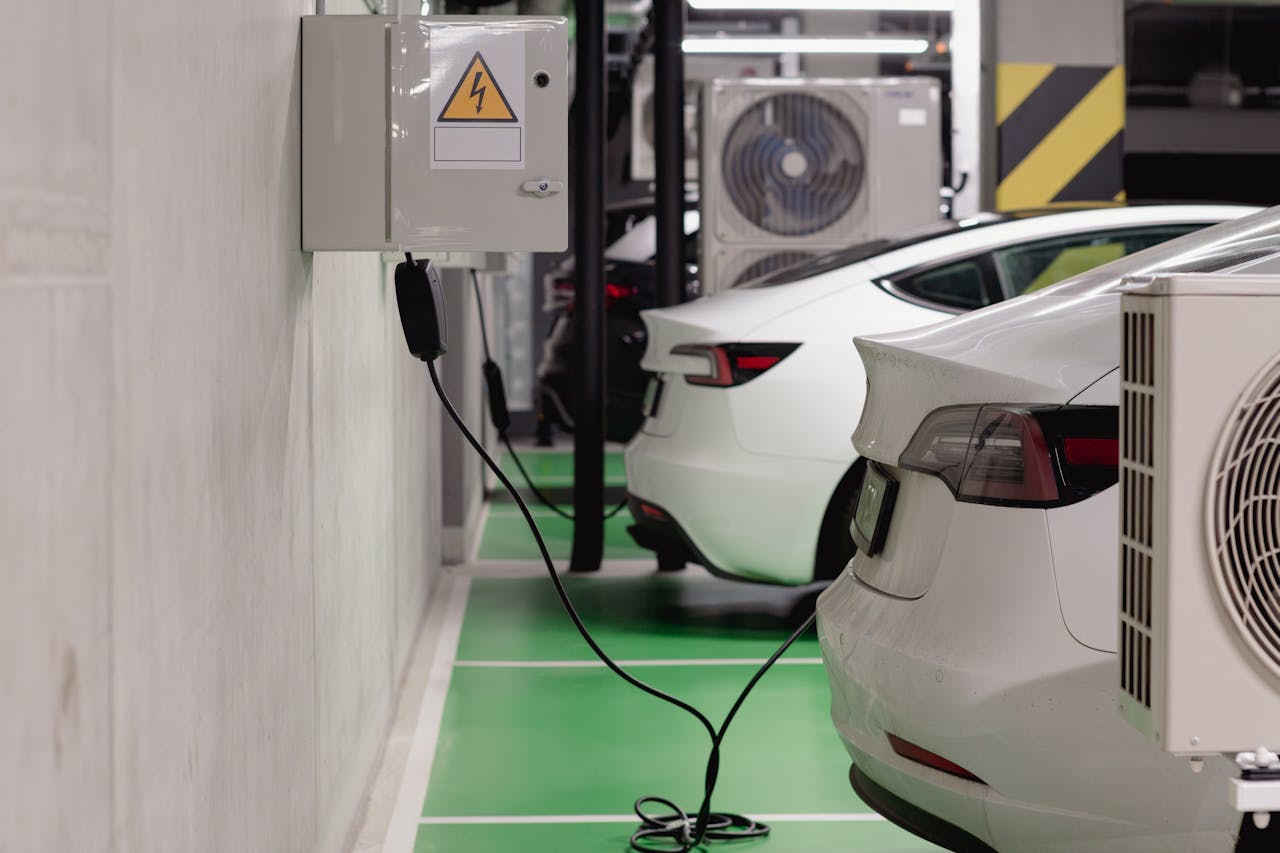1. Reducing Air Pollution
Urban air quality is a major concern, with transportation being a leading source of pollution. Traditional gasoline and diesel vehicles emit harmful pollutants that contribute to respiratory issues and other health problems. Electric vehicles, on the other hand, produce zero tailpipe emissions. By transitioning to EVs, cities can significantly reduce air pollution, leading to healthier communities and improved quality of life.
2. Quieting Our Streets
Noise pollution is another significant issue in urban areas, often impacting mental health and overall well-being. Electric vehicles operate much more quietly than their internal combustion counterparts. The widespread adoption of EVs could lead to a more serene urban environment, making city streets more pleasant for pedestrians and cyclists alike.
3. Lowering Greenhouse Gas Emissions
With the transportation sector being a major contributor to greenhouse gas emissions, transitioning to electric vehicles is crucial for mitigating climate change. As the electricity grid becomes greener—incorporating more renewable energy sources like solar and wind—the carbon footprint of EVs continues to decline. Cities that embrace electric mobility can play a vital role in achieving their climate goals and commitments.
4. Cost Savings for Residents
Electric vehicles offer significant cost savings for urban residents. While the initial purchase price may be higher, the lower operating costs—thanks to cheaper electricity compared to gasoline and reduced maintenance needs—can lead to substantial savings over time. Additionally, many cities are implementing incentives such as tax breaks, rebates, and reduced parking fees for EV owners, further encouraging adoption.
5. Integrating with Public Transport
Electric vehicles can complement public transportation systems, creating a more integrated and efficient urban mobility network. For instance, electric buses and shuttles can connect neighborhoods to transit hubs, making it easier for residents to use public transport. This integration not only reduces reliance on personal vehicles but also minimizes traffic congestion and emissions.
6. Supporting Smart City Initiatives
The rise of smart cities—urban areas that use digital technology to enhance performance—aligns perfectly with the electric vehicle movement. EVs can be part of a broader smart transportation ecosystem that includes connected infrastructure, real-time data analytics, and vehicle-to-infrastructure communication. This synergy can lead to optimized traffic flows, improved public transit efficiency, and enhanced overall urban mobility.
7. Encouraging Active Transportation
With fewer cars on the road and quieter streets, cities can prioritize infrastructure for walking and cycling. Electric vehicles support a shift toward multi-modal transportation, where residents have the option to choose between walking, biking, public transit, and EVs. This holistic approach not only reduces congestion but also promotes healthier lifestyles and more vibrant communities.
Conclusion
As urbanization continues to rise, the need for sustainable transportation solutions becomes increasingly critical. Electric vehicles offer a pathway to cleaner air, reduced noise, and a more efficient urban mobility system. By embracing EVs, cities can foster healthier environments, save residents money, and create a more connected and accessible future. The transition to electric mobility is not just a trend—it’s an essential step toward building livable, sustainable cities for generations to come.
- EV Charging(4)
- SaaS(2)
- Eco-friendly(2)

